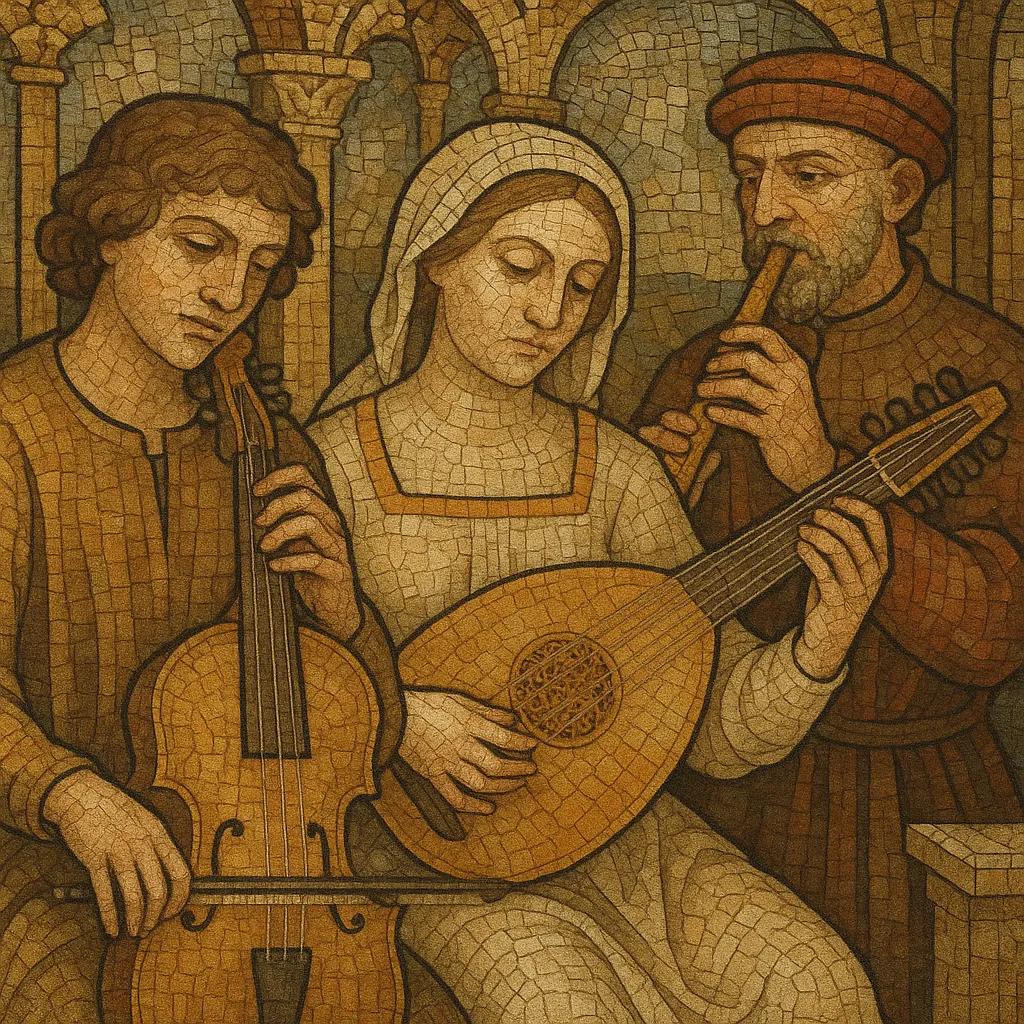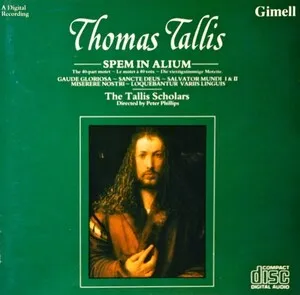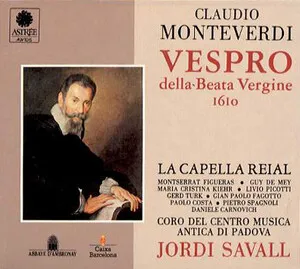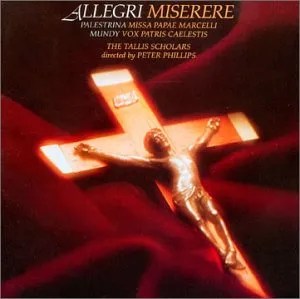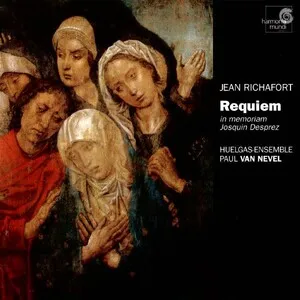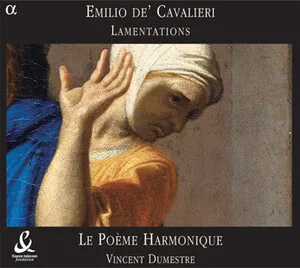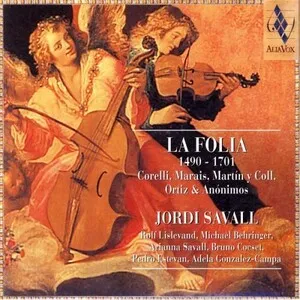Renaissance music (c. 1400–1600) marks the shift from medieval sonorities to a clearer, triad-based polyphony in which multiple independent voices are treated with near-equal importance.
It favors modal counterpoint, pervasive imitation, smooth voice-leading, and carefully prepared cadences. Text intelligibility and expressive text-setting become central concerns, especially in sacred motets and masses and in secular forms like the Italian madrigal and the French chanson.
While much of the repertory is a cappella, instrumental consorts (viol, recorder, sackbut, cornett, organ) play a growing role. A steady tactus underpins rhythms, and tuning systems such as meantone temperament shape its characteristic color. Music printing (from 1501) accelerates stylistic diffusion across Europe.
The era emerges from late medieval practices, consolidating smoother consonance (thirds and sixths) and clearer textures. Composers like Guillaume Dufay and Gilles Binchois employ fauxbourdon and refine mass cycles, laying foundations for later imitative techniques.
Imitative polyphony flourishes under Franco-Flemish masters such as Josquin des Prez and Heinrich Isaac. Voices imitate motivic ideas successively, creating balanced, transparent textures. Ottaviano Petrucci’s 1501 music printing in Venice facilitates rapid dissemination and standardization of style.
Sacred polyphony achieves a polished clarity in the music of Palestrina and Tomás Luis de Victoria, partly in response to Counter-Reformation ideals (Council of Trent). In Venice, Adrian Willaert and the Gabrielis develop cori spezzati (polychoral) textures. In England, Tallis and Byrd cultivate both Latin and vernacular liturgical music; secular song and the lute song rise with John Dowland. The madrigal becomes a laboratory for expressive text painting and chromatic color.
By the late 16th century, experiments with expressive monody and continuo practice in Italy (e.g., Florentine Camerata) pave the way to early Baroque opera and the tonal-harmonic thinking that gradually supersedes purely modal frameworks. Renaissance contrapuntal techniques remain foundational for later fugue, choral writing, and large-scale liturgical forms.
Choose a church mode (e.g., Dorian, Phrygian, Mixolydian) rather than modern major/minor. Keep the final and reciting tones in mind, and consider meantone/just sonorities for color.
Write for 4–6 independent voices (SATB and beyond) with smooth stepwise motion and controlled leaps. Avoid parallel perfect consonances; treat dissonances carefully (prepared and resolved suspensions, passing/neighbor tones on weak parts of the tactus). Use points of imitation: a short motif enters sequentially across voices.
Aim for triadic sonorities that arise from good counterpoint rather than chordal thinking. Employ authentic and modal cadences (including Phrygian cadences in minor-third mode areas). Cadences often arrive via leading-tone inflection (musica ficta) implied by voice-leading.
If setting text (motet, mass, madrigal), prioritize clarity and rhetorical delivery. Use text painting sparingly but effectively. Align musical syntax with punctuation and sense units; reduce density during crucial words for intelligibility.
Prefer a cappella chorus for sacred styles; for secular/liturgical alternatim or Venetian styles, add organ, viols, recorders, sackbuts, and cornetts. Keep ranges comfortable and timbres blended; double or substitute voices with instruments in consort settings.
Maintain a steady tactus (a heartbeat-like pulse) and avoid heavy syncopation that obscures text. Use imitative entries and brief homophonic moments for structural articulation. Strive for balanced phrases and clear sectional cadences.

